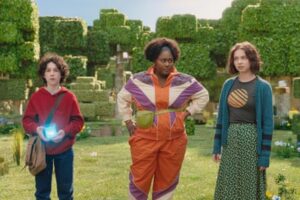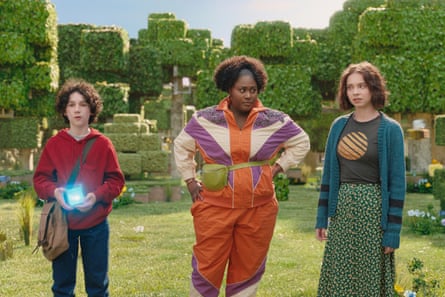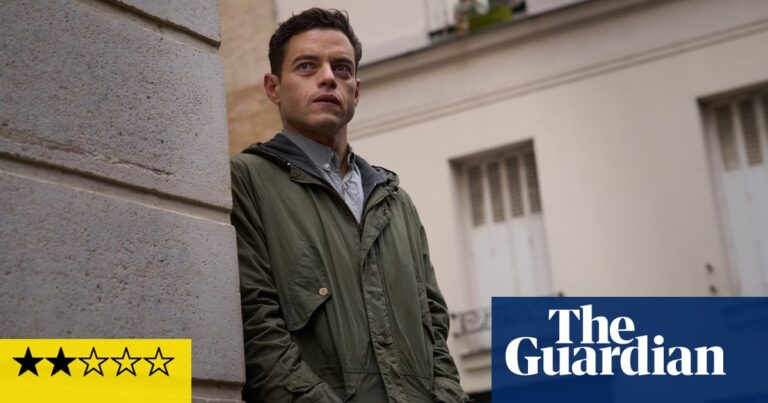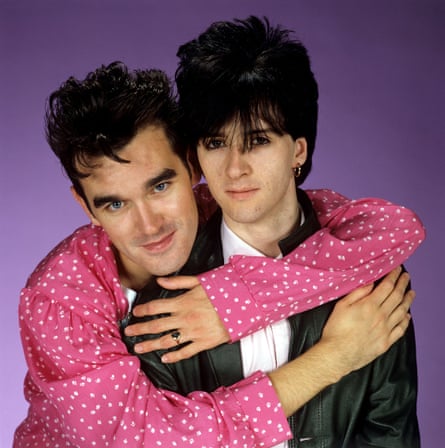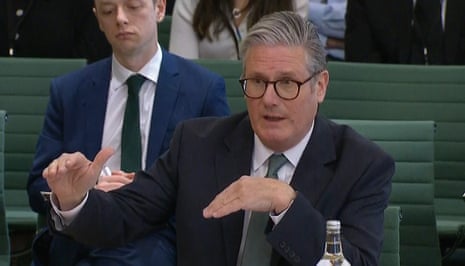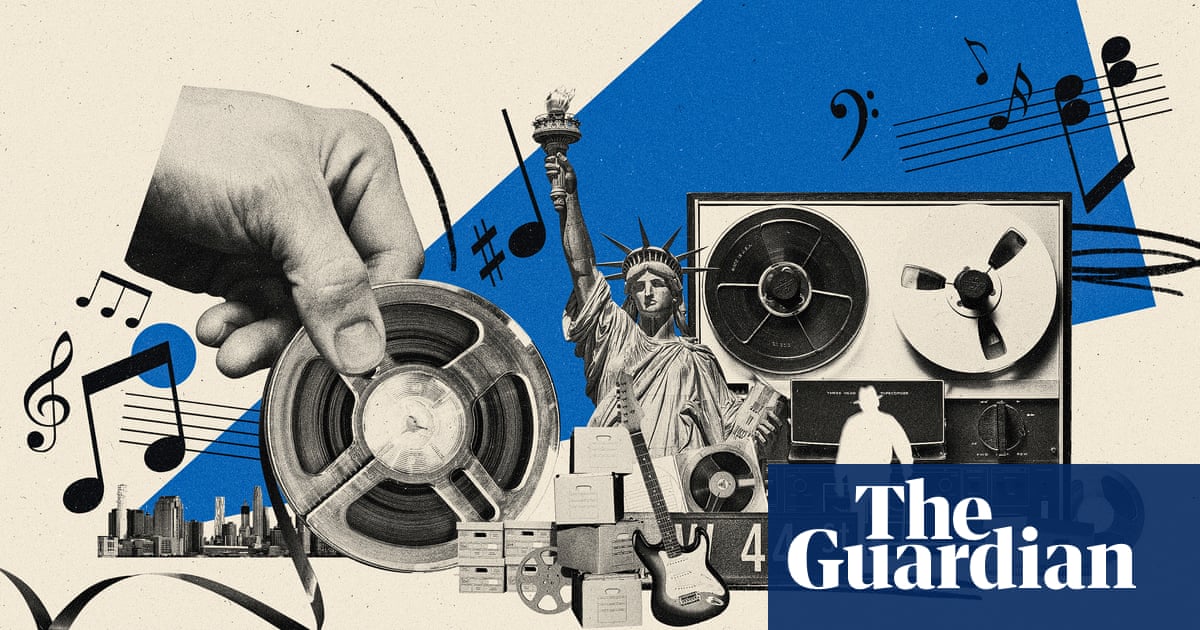
My dad, Michael Brooks, was an archivist, a music salvage expert. He worked deep into old age at Sony’s New York office: curating the company’s labyrinthine back catalogue; sourcing and restoring antique steel recordings. Possibly, we all circle back to the songs of our youth, but Dad went upriver and made the past his profession. On workdays he sat in a Manhattan studio and listened to the dead sing and play on a two-track Studer tape deck.
Sony Music is a behemoth, the industry’s biggest hitter, with annual earnings of about $10.7bn (£8bn) and a lineup of talent (Springsteen, Beyoncé, Jackson, Bowie) that reads like a rock’n’roll hall of fame. But Sony’s marquee names are only the tip of the iceberg. For every Diana Ross, Johnny Cash or Billy Joel who struck gold, there were a hundred other signed artists who didn’t. For every song that is in print and available, there are at least 10 that are mothballed in storage, an estimated 2.5m pieces that may as well not exist. Popular taste has decreed that these lost songs are failures. But tastes change, markets shift and yesterday’s flop might be today’s buried treasure. “A lot of it is awful,” my dad used to say. “But even the awful work is interesting, significant, and now and again you stumble across something special.”
In October 2018, I tagged along on what would turn out to be my father’s last day at work. He was 82 and had suffered a stroke and was functioning at half speed. I have PTSD flashbacks of him leaning precipitously over the platform edge to check for the approach of the uptown train, and hobbling with his stick through the rush-hour crowds at Penn station. My dad loved his job and Sony valued his expertise, but his body was failing and the commute took its toll. He worked until lunch then reached for his coat: he was done.
My dad’s work had intrigued me for years. It sounded like a blend of the exotic and the eccentric – an Indiana Jones expedition for rare vinyl nerds – and so I took a notepad and Dictaphone along that day. The plan was to write a feature about music archiving but life intervened, as it usually does, and I wound up sticking the material in a drawer, as though it were a flop disco album or a failed Sony soul singer. Revisiting it now, six years later, is strange. Every recording carries the air of a seance, because we are listening to people who are no longer physically there.
On the Dictaphone it’s still autumn 2018. I’m in Battery Studios on West 44th Street with my father and his regular co-workers, the archivist Marc Kirkeby and chief engineer Matt Cavaluzzo. Specifically, we’re on the 10th floor, inside a windowless, wood-panelled studio. Marc tells me that Springsteen used to record in this room. Reputedly, it’s also the studio where John Lennon was working on 8 December 1980, the day of his death. “Print the legend,” my father says. “It was either this one or the studio next door.”
It’s 2018 in the studio, but it is also 1968. This is the year the team have been exploring and restoring, delving into the obscure outer reaches of the Columbia and RCA back catalogues. Just lately this has involved wading through a lot of bad pop, some excellent country and western, plus a smattering of weird musical theatre. The plan is to upload the remastered 60s recordings to iTunes. That way Sony keeps them in copyright, in circulation and out of the public domain. Ideally, this unlocks a new revenue stream. In practice, my dad says, it’s more like a drip or a trickle.
Today it is the turn of Mongo Santamaría, a Havana-born conga drummer who died in 2003. Santamaría specialised in Afro-Cuban pop and Latin-flavoured covers of songs such as Proud Mary and My Cherie Amour. Matt rubs down the vault copy of his album Workin’ on a Groovy Thing and gives it a spin. I’m braced to dislike it but it sounds terrific. The music is tight, fresh and busy. It almost sounds too big for the room.
“No music is worth hating,” Matt tells me. “And as I get older I think that more and more. What’s bad is repetition. I don’t need to hear Free Bird ever again in my life. Whereas in this job you’ll hear stuff that you’ve never heard before – and maybe never will again.”
Like Robert Frost’s wall, audio recordings are at the mercy of the elements and tend to degrade over time. Shellac buckles and metal rusts and the oxide layer peels off the magnetic master-tapes. The team’s job is to either transfer the music when it’s still in good health or patch up the wounded as best as they can. Archivists and engineers work on the analogue tape, cleaning off greasy 50-year-old thumbprints and surgically removing the audio’s pops and crackles. My father says some producers are like industrial cleaners and risk scouring recordings to within an inch of their life, whereas he doesn’t mind the odd little blemish. He says: “If you clean it too much, you can take away the song’s spirit.”
after newsletter promotion
On my dad’s last day at work I was in the US to research a book. I wanted to write a novel about the 1920s song-catchers – the rackety New York scouts who went into Appalachia to record the hill-country performers and indirectly became midwives for a century of pop music. At the time I didn’t see the connection between my half-formed idea and my dad’s gig at Sony. Having now written the book, it feels obvious: it was the circle of life. Those first field recordings caught American folk music in the raw and provided a thrilling bridgehead. They allowed the music to travel out of the mountains, to the big northern cities and around the world and finally to the vaults and the storage units where most of it was left to rot.
After his retirement from Sony, my dad limped on for another two years. He died in November 2020, during the second Covid lockdown, which meant I was stuck back in England and couldn’t properly say goodbye. I loved him and miss him; it still feels bizarre that he’s gone. Just lately the algorithms have been flooding my feeds with photographs from the “Historic New York” of the 1980s and 90s. Occasionally, ridiculously, I catch myself scanning these crowded street scenes, hoping to spot him out and about on his rounds. Nicolas Roeg used to say that cinema is a time machine in that it connects us to the past. The same goes for photography and music, so long as it’s looked after.
I video-call Marc, my father’s friend and former colleague, for an update on the archive project. He explains that Matt is still working and that the restoration continues. But Battery Studios shut for a year during Covid and Marc took this as his cue to bow out and retire. Officially speaking, he’s no longer an archivist, except that of course he still is: the past casts a spell.
“It’s a strange world,” he admits. “I’d be happier living in the present moment, but I’ve never managed to get there. I’ve been roaming around the cultural history of the western world for a long time now. Why do I care what happened in 1957? I don’t know. But it’s testament to the power of old songs that people still care so much about them.” The music, he adds, will outlive us all.
In the course of researching and writing my book, I’ve listened to a mass of old music I wouldn’t otherwise have encountered. Delta blues and hill-country folk. Lumberjack fiddlers who mimicked mountain birds. Housewives who played with a washboard and a thimble. The people who made this music are gone. The vast majority of them have long been forgotten. But in the moment, on the recording it’s still 1927 and they’re purely focused on their playing, not thinking about history at all. That’s probably the case with every dead recording artist, be it Billie Holiday or Elvis Presley or Mongo Santamaría, the old Cuban conga drummer. We love them not because they sound ghostly but because they sound so alive. They’re not haunting us. If anything, we’re haunting them.
The Catchers by Xan Brooks is published by Salt (£10.99). To support the Guardian and the Observer, order your copy at guardianbookshop.com. Delivery charges may apply.
Source: theguardian.com







